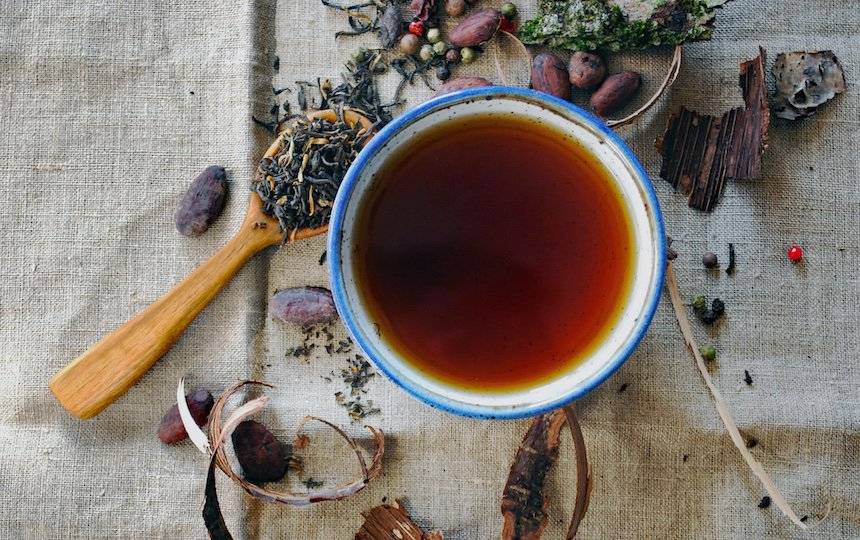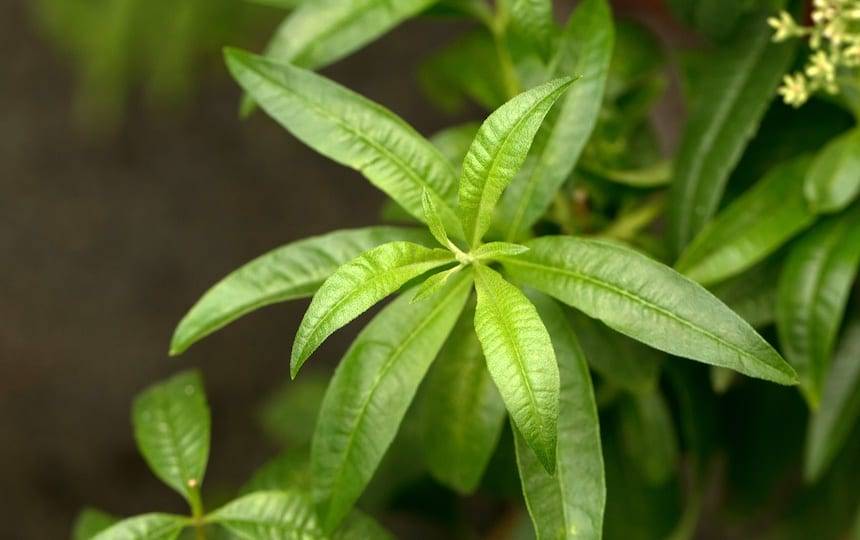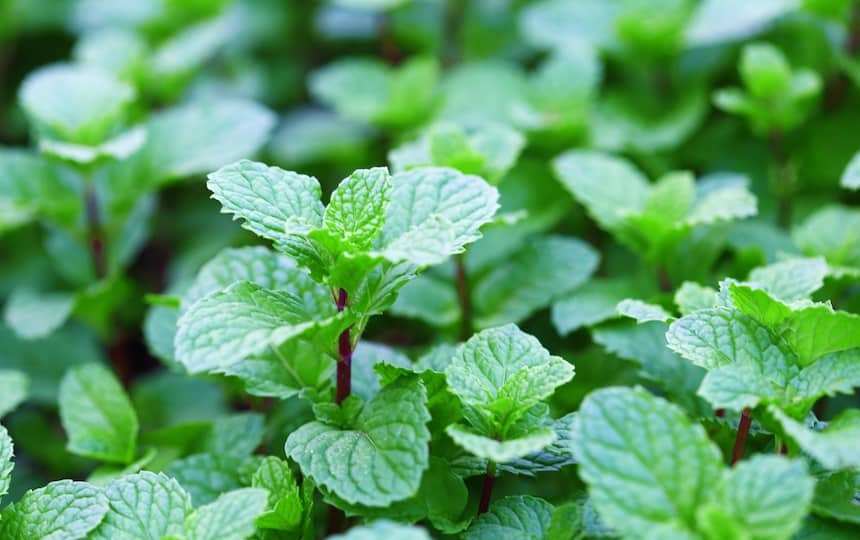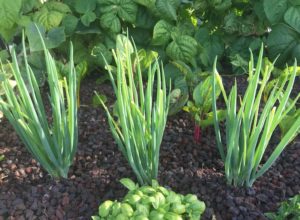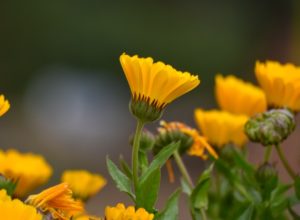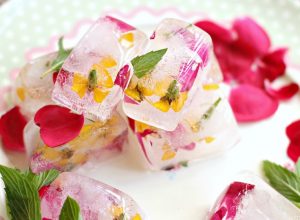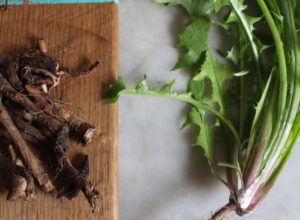Brewing a pot of tea with your own organically grown herbs is one of life’s simple pleasures. We bring you four herbal teas to grow at home.
There are so many great reasons to grow your own herbal teas. Having a range of herbs on your doorstep, each with varying flavours and health benefits, is the main one. You will also have fresh organic tea available whenever you feel like having a cuppa.
By growing your herbs organically, you are avoiding hidden pesticides and herbicides, as well as saving yourself money. And finally, you are reducing waste and the environmental footprint involved in bringing tea from a commercial grower to your kitchen.
As long as you have a few different plants growing you will always have a cup of herbal tea available for yourself or when visitors pop by. Here are four of our favourite herbal teas to grow at home.
Lemon Verbena (Aloysia citrodora)
Plant
This hardy deciduous bush will grow in most climates. It prefers subtropical and tropical climates, but can grow in cooler climes when planted in a warm sunny spot.
It will go dormant in a cold winter and can survive a light frost. It prefers a well-drained soil, rich in organic matter. It is a great bee attractant.
Tea
To make the tea, harvest the leaves and either crush them fresh or dry them and store in a cool dry place. Place about 10 fresh leaves or a teaspoon of crushed dried leaves in a cup. Pour boiling water over the top and steep for several minutes.
Benefits
Lemon verbena is said to help with sleep, inflammation and the reduction of mucus and respiratory congestion. And most importantly, it tastes delicious, with a strong lemony flavour.
Echinacea (Echinacea purpurea)
Plant
Also called purple coneflower because of its cone shaped flowers with long pink/purple petals. Echinacea is a perennial plant that dies back in winter and comes back in spring, flowering in spring and summer.
It prefers full sun in cool climates and afternoon shade in places with hot summers. Echinacea likes a rich soil, so add compost over winter.
Tea
Although the root can be used, the leaves and flowers are most commonly used for herbal tea. It can take up to two years before you get flowers. Harvest flowers when the buds begin to open. Harvest leaves at any time. Spread leaves and flowers out to dry, either in a warm dry spot or in a dehydrator.
Place two tablespoons of dried echinacea in a cup and steep for several minutes. You may like to add honey or other herbs for taste.
Benefits
Boosts the immune system and helps prevent colds and flus. Can help with ear infections and bronchial infections.
Peppermint (Mentha x piperita)
Plant
Peppermint is a very hardy plant that if left alone runs the risk of becoming a weed and taking over. Best planted in a pot to control its spread.
Peppermint can be grown in tropical and arid climates through to cool temperate. Peppermint dies down in winter and reshoots in spring.
Tea
Harvest the top leaves, crush and steep in boiling water for several minutes. Can be enjoyed as a refreshing iced drink in summer.
Benefits
Drinking peppermint tea can relieve headaches and menstrual cramps, help with digestion and bloating, clear sinuses and improve mental clarity.
Calendula (Calendula officinalis)
Plant
Calendula is a hardy self-sowing annual flower. Plant late summer–early autumn. It prefers temperate and subtropical areas.
Calendula have a bright orange flower, although some varieties have yellows and pinks too. Calendula can tolerate a range of soils and likes full sun. The flowers are great for bees.
Tea
Harvest the flowers for tea. It is best to harvest in the morning when the flowers are fresh and open. Either pull the petals from the plant and use fresh, or dry the flowers whole and then pull the petals off and place in a jar. Steep petals in hot water for several minutes.
Benefits
Calendula is used both in teas as well as salves and tinctures as a remedy for many ailments. Drunk as a tea, it can help treat constipation, gastrointestinal and menstruation problems, soothe a sore throat and act as an antiseptic for blisters or gum disease.
Please note: If you are pregnant or have any illness or disease, please research the contraindications related to these plants before use.

